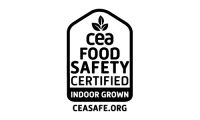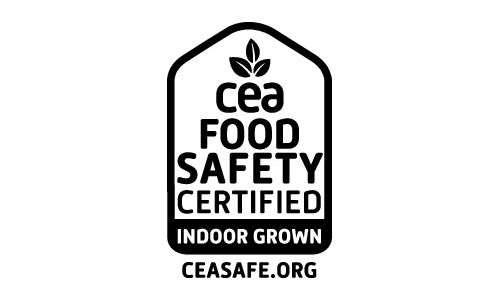Last week the CEA Food Safety Coalition announced the first food safety certification program for leafy greens grown indoors. The food safety addendum intends to address the distinct attributes of controlled environment agriculture (CEA) as it relates to leafy greens and is a certification in addition to demonstrating GFSI compliance.
“Current food safety standards were written for the field, and many do not address the unique attributes of controlled, indoor environments,” said Marni Karlin, executive director of the Coalition in a press release. “This new certification process and the accompanying on-pack seal helps to unify CEA growers while also differentiating them from traditional field agriculture. It also better informs consumers and provides a quick-glance image to know when produce has been grown safely indoors, with a high standard of quality and without some of the hazards of the field, such as potential contamination from animal byproducts.”

CEA is a technology-forward method that establishes optimal growing conditions in controlled environments such as greenhouses and indoor vertical farms. The certification program is for CEA FSC members (at a cost) and is completed annually. It assesses CEA grower sites in the four main areas:
- Hazard analysis.: Including use of water, nutrients, growing media, seeds, inputs and site control.
- Water use. Any contact with the plant and food contact surfaces, along with the use of recirculating water.
- Site control, infrastructure and system design. Including direct and adjacent food contact surfaces, and physical hazards such as lighting, robotics, sensors, and equipment.
- Pesticide and herbicide use and testing during the plant lifecycle.




